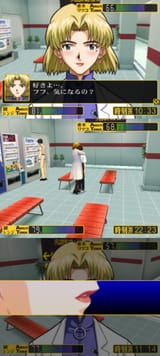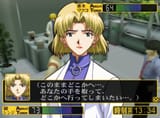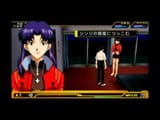>>717619515
Objective: Control an EVA unit (e.g., EVA-01) to defeat Angels in a cityscape, balancing combat actions with sync ratio (mental stability) and battery life.
Core Mechanics:
Movement and Combat: Move the EVA in a 2D grid-based city, attack Angels with melee (progressive knife) or ranged weapons (rifle), and deploy an AT Field for defense.
Sync Ratio: Represents the pilot’s mental connection to the EVA. High sync ratio boosts damage and speed but risks mental breakdown if overused. Low sync ratio reduces effectiveness.
Battery Life: EVA units have limited battery life, requiring strategic movement to umbilical cables for recharging.
Angel Encounters: Each Angel has unique attack patterns, requiring the player to adapt tactics (e.g., dodging energy beams or countering AT Field breaches).
NERV Command: Periodic instructions from NERV (e.g., “Target the core!”) guide objectives, with dialogue pop-ups for immersion.
Loop Structure:
Preparation: Start at NERV HQ, select weapons, and review Angel intel.
Deployment: Move EVA to the battlefield, managing battery life via umbilical cables.
Combat: Engage the Angel, balancing attacks, AT Field defense, and sync ratio.
Resolution: Defeat the Angel or retreat if sync ratio or battery life is critical.
Debrief: Return to NERV for repairs, upgrades, and story progression.
Exploration Activities:
Discover hidden NERV documents or SEELE artifacts that reveal lore about the Human Instrumentality Project, the Angels, or the Evas’ origins.
Interact with environments to find resources (e.g., NERV tech for upgrading Evas or personal items that affect pilot morale).
Engage in downtime activities like attending school, socializing with characters like Misato or Kaji, or visiting arcades, which tie into the psychological and relationship mechanics.











